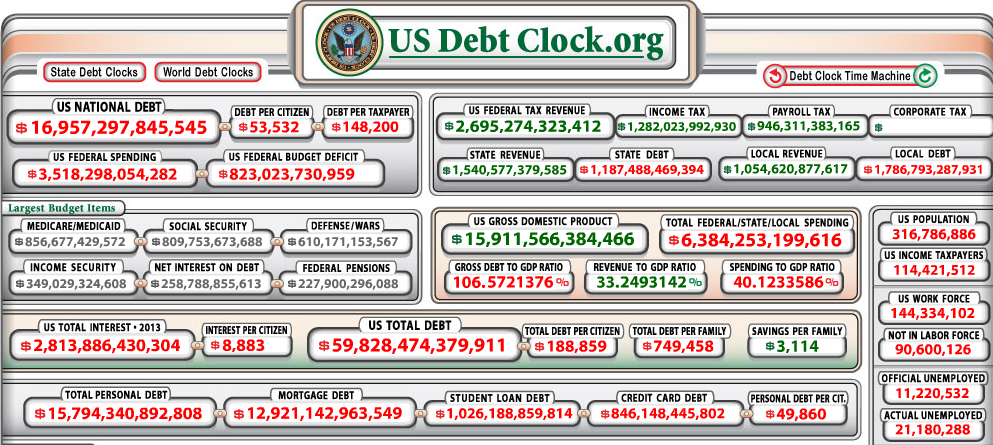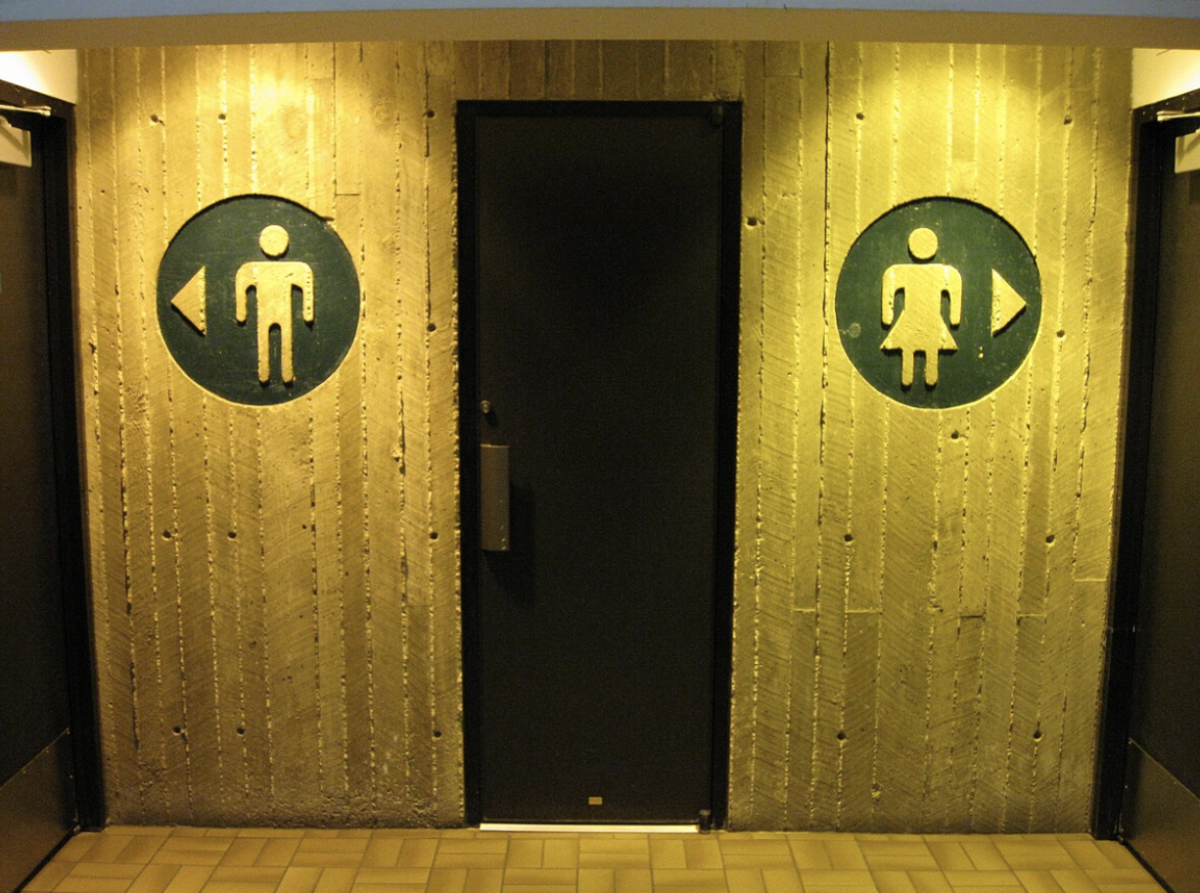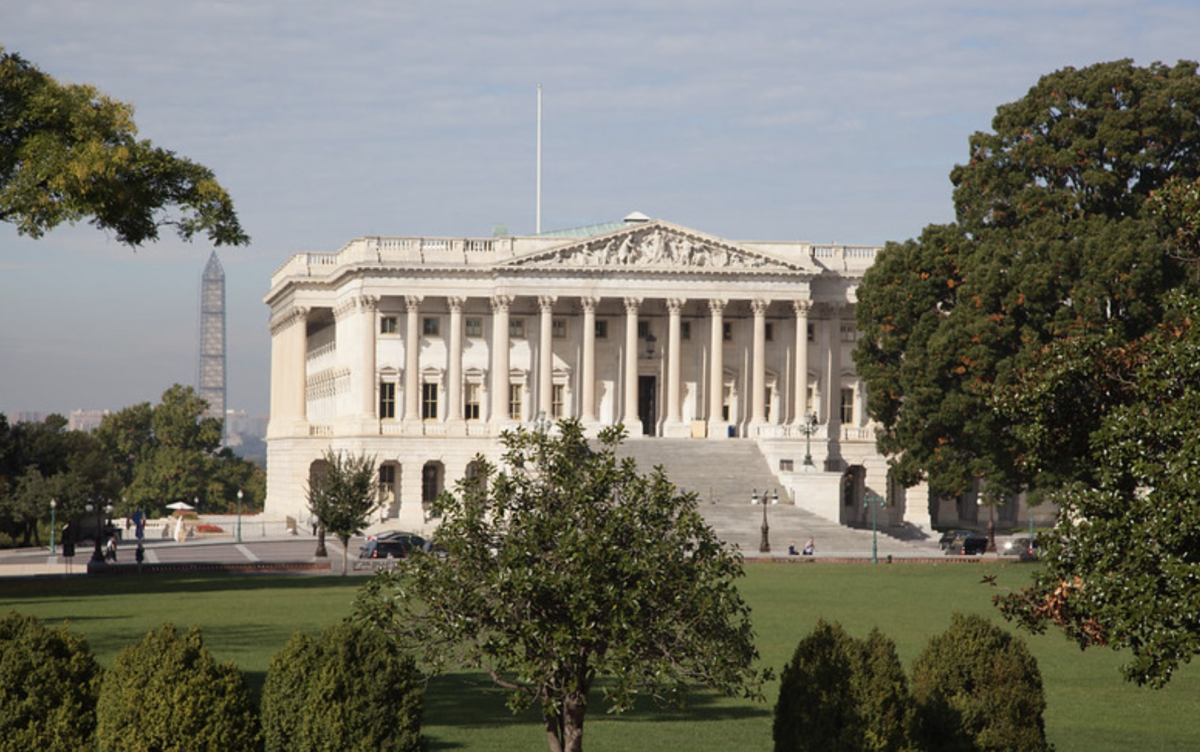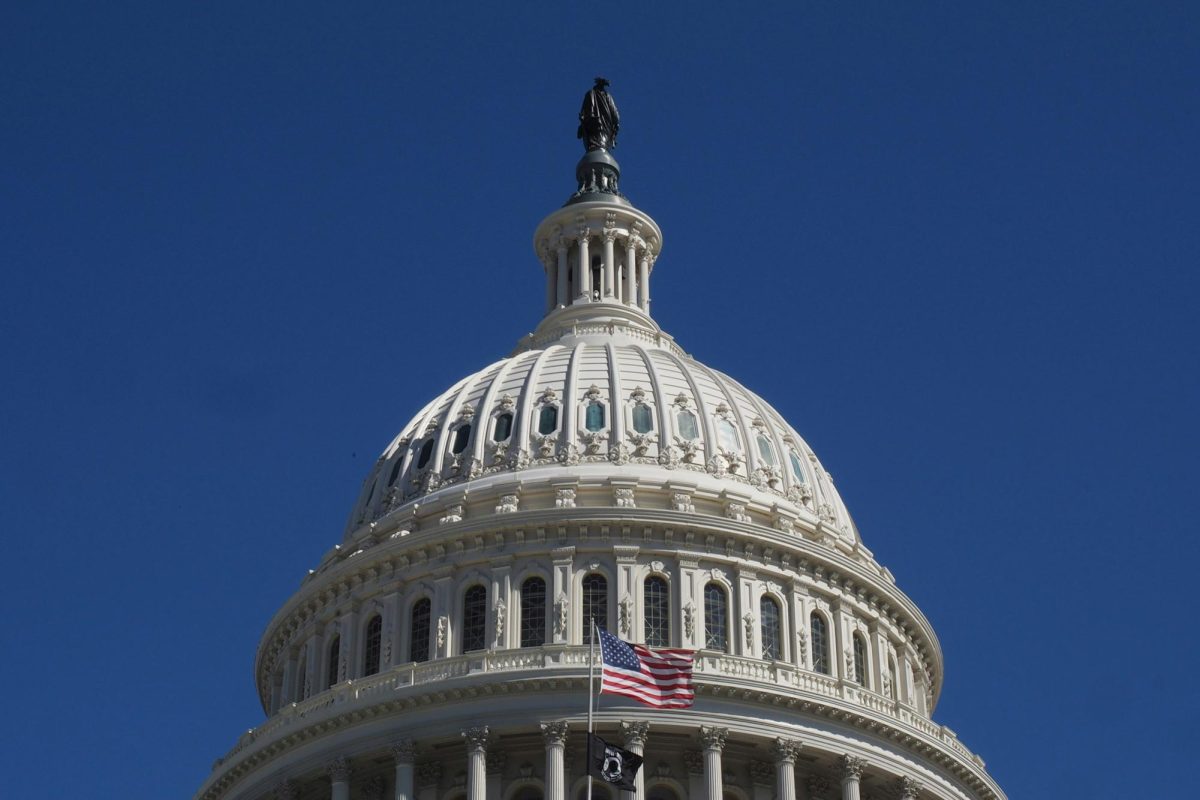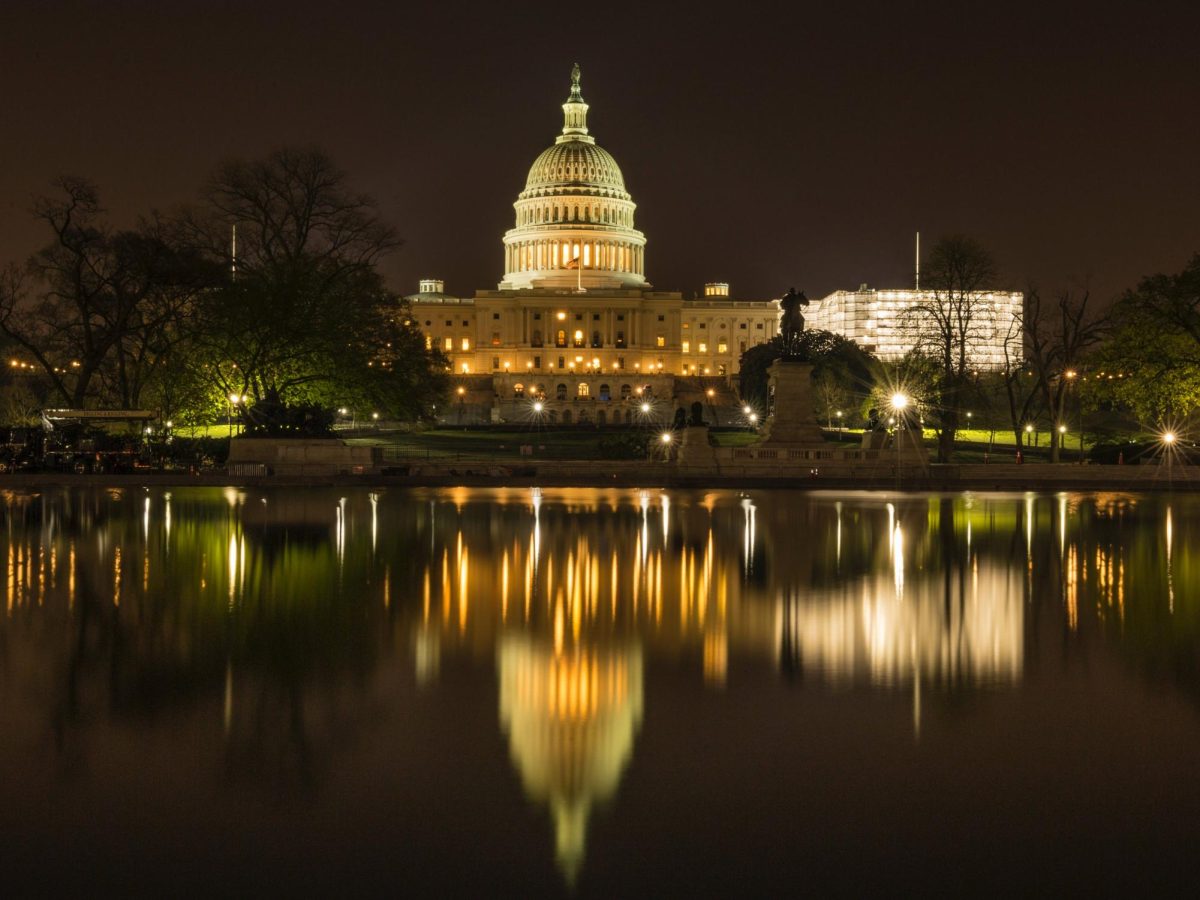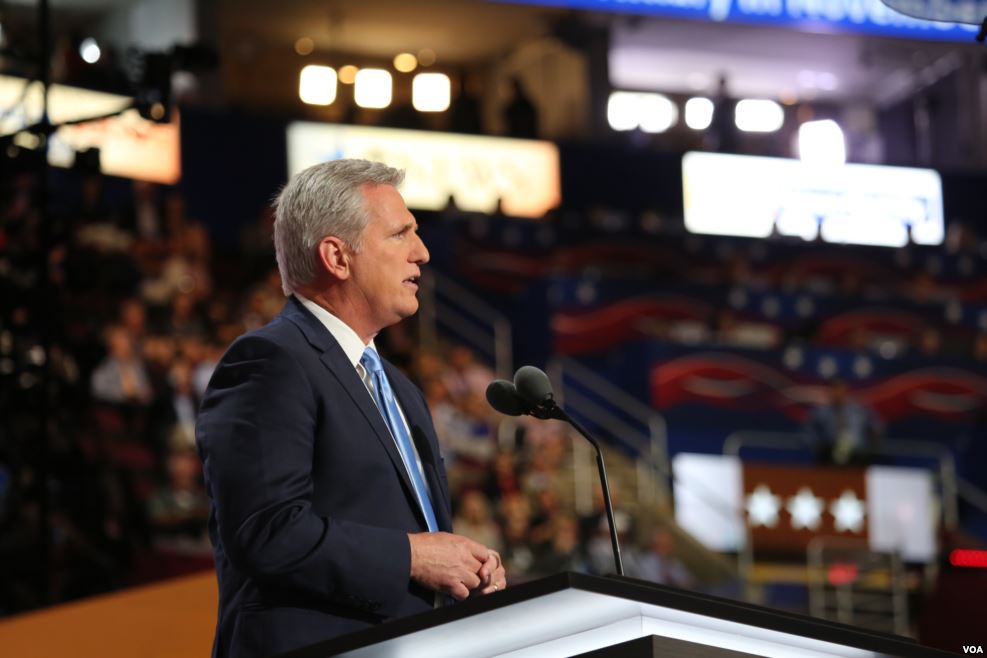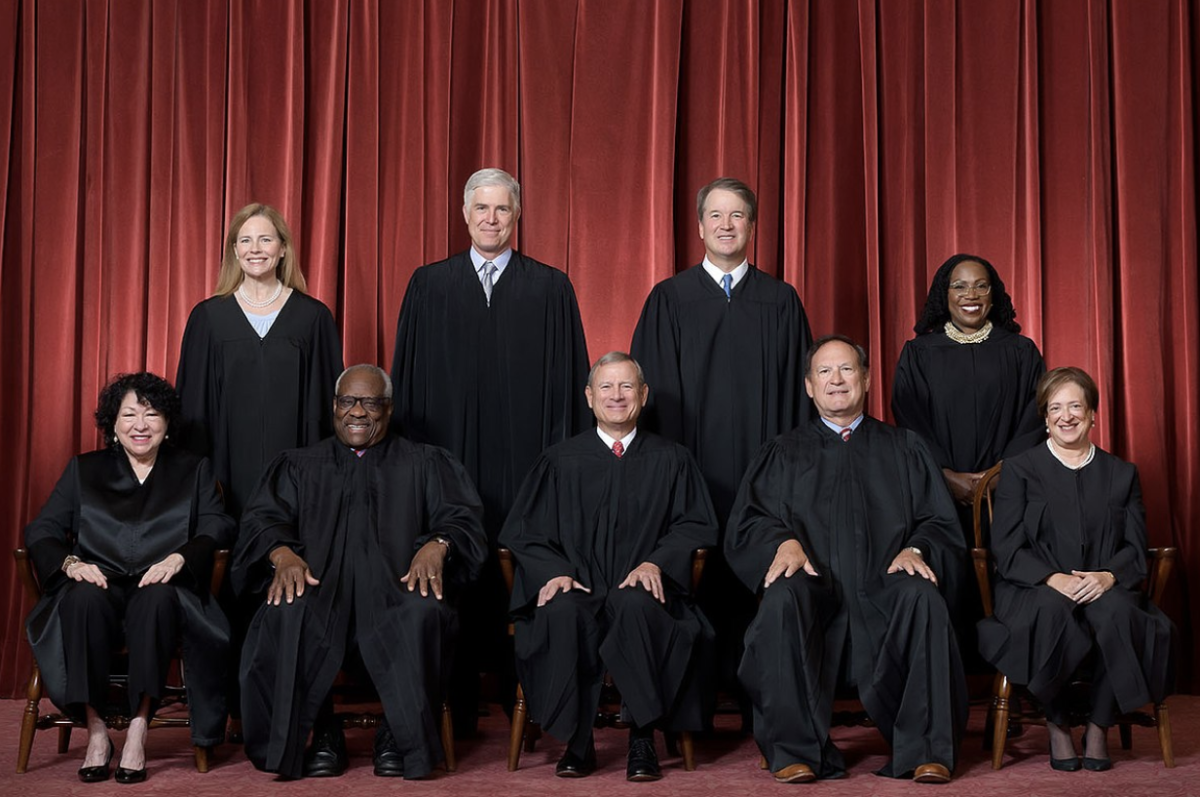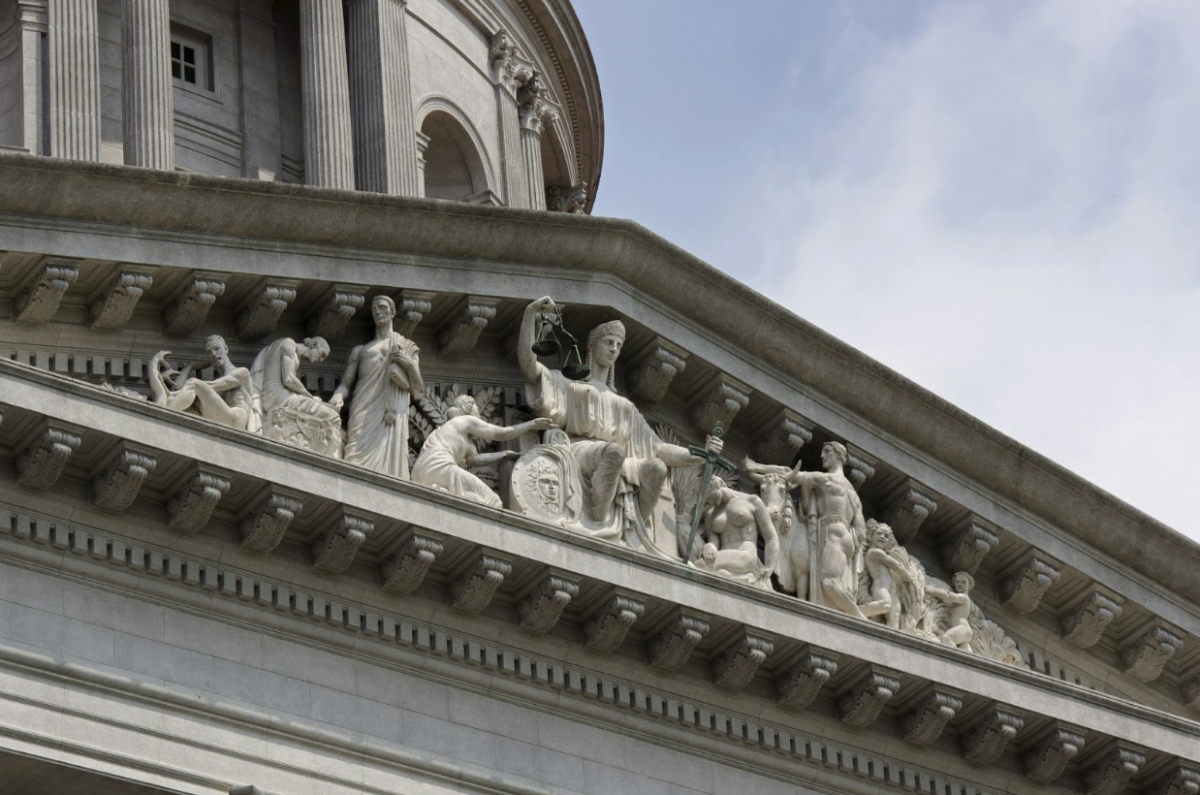Congress faces a few looming economic issues this upcoming week, namely the growing possibilities of a government shutdown and a default on the national debt. According to a March Gallup poll, roughly sixty percent of Americans surveyed expressed a “great deal” of concern about federal spending and the budget deficit, making it clear that these issues are on the minds of the public—but how much is really known about the government shutdown and national debt ceiling issues beyond the buzz words? Because the two topics are highly relevant and related, the basics of each should be broken down.
Government Shutdown
Essentially, the government will face its first federal shutdown in 17 years if Congress is unable to agree on a bill laying out federal spending for the upcoming fiscal year. Democrats and Republicans appear to be at a standstill as Republicans push an amended government spending bill that would extend the debt ceiling through December 2014 in exchange for, among other things, delaying President Obama’s Affordable Care Act by one year. Insults have been flung on both sides of the debate, as Senate Majority Leader Harry Reid and White House Press Secretary Jay Carney referred to the GOP plan as “pointless” and “reckless and irresponsible,” respectively. Meanwhile, Republicans gathered outside the Senate building on Sunday, arguing that the “lazy” Senate should be in session negotiating with the GOP.
If the government does, in fact, experience a shutdown—which some scholars see as a very distinct possibility as Tuesday draws ever-closer and the two parties do not appear to be ready to negotiate—a few things would happen. Among the effects that the general American public would be most likely to notice, roughly 1.2 million federal employees would stop working and all national parks would close; ultimately, leaders of both parties agree that a shutdown is not an ideal outcome and would likely have a negative impact on the national economy and consumer confidence.
Debt Ceiling
The debt ceiling, while related, is a slightly different issue—and one that if not averted would be significantly more disastrous than a government shutdown. The current national debt hovers around $16.9 trillion, and if the debt ceiling is not raised, the government would be forced to default on its loans for the first time in the nation’s history. Because this has never happened before, the precise impact of a default is not known, but most believe that it would lead at the least to higher interest rates and a devaluation of the dollar. Some predict even more extreme effects ranging from total devastation to the international economy to the collapse of the Republican Party itself.
The key problem in raising the debt ceiling, however, has proven to be the spending cuts Republicans hope to see linked to it. While President Obama is advocating a “clean” raise of the debt ceiling, his opinion does not reflect the majority, as most conservatives—along with 61 percent of the American public—are in favor of some form of spending cuts. In fact, only 28 percent of respondents to the national poll agreed that the ceiling should be raised without conditions. Thus, while the direct outcome of a default may be unpredictable, it seems clear that most Americans hope to see some bipartisan negotiation—the sooner, the better.
[Image credit: http://www.usdebtclock.org/]


